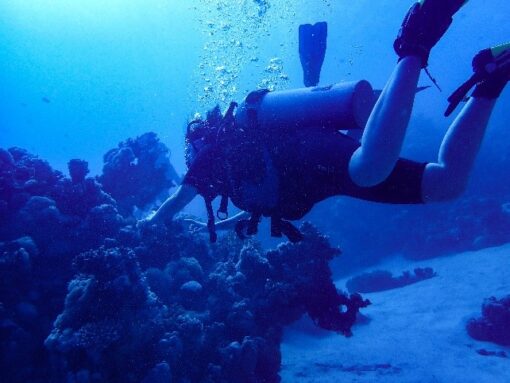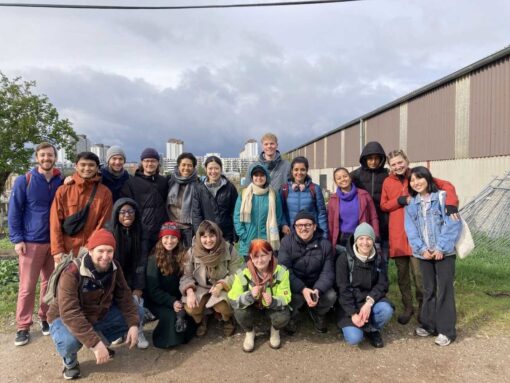Marion Borderon is a population geographer and member of CoVprehension, a collective of researchers from different disciplines, working together to answer burning questions on the mechanisms of COVID-19 for a broad audience. In this blogpost, Marion describes the process.
In March 2020, when Europe became the epicenter of the COVID-19 pandemic, a lot of us in the scientific community were wondering about what individual and collective measures to put in place in order to limit the propagation of the virus. A group composed of members from various research institutions took shape: All members have been contributing as volunteers from their confined residence.
Understanding the current COVID-19 epidemic: one question, one model
This team of researchers from different disciplines, all specialists of complex systems modelling created an interactive website with a simple objective: one question, one model. For instance, Question 1 describes why the Covid-19 epidemic seems to spread like wildfire and Question 2 discusses the impact of introducing physical distance between people. Fifteen questions have been answered, while three are being answered right now. The core operating mode of the team is modelling. To each question asked, we try to answer with one or several models. As the epidemic is complex, several researchers work together and mobilize their skills to answer the questions.
At the end of April 2020, the collective counted 29 members (including 10 women): medical doctors, researchers, engineers and specialists in the fields of computer science, geography, epidemiology, mathematics, economy, data analysis, medicine, architecture and digital media production. All of them have devoted some of their time helping to explain some mechanisms of the pandemic.
In a nutshell, we seek to explain the current epidemic of COVID-19 simply yet with scientific tools. Our goal is to raise awareness about this epidemic and its drivers. In that sense, the models developed are for educational purposes only. They could be a lot simpler than models built and deployed by other teams working on COVID-19. They are not substitutes for these reference models and cannot be used to make diagnoses or forecasts.
A collaborative organisation and an interactive website
The collective has favoured a functioning organisation which exploits short and frequent retroactions and relies of adapted tools. The questions asked online through a Framasoft form are transferred to all CoVprehension members, while a moderator is in charge of replying to them quickly and personally. Each question is integrated into a Trello management board, which allows each member of the collective to pick the questions they want to contribute to and to follow their progression until publication. The collaboration and debate on each of the questions is done using VoIP application Discord. Model prototypes are mostly developed on the Netlogo platform (with some javascript exceptions). Finally, the whole project and website is hosted on GitHub.
The website itself: https://covprehension.org/en is freely accessible online!




